Astronomy education in Tanzania
Telescopes to Tanzania's campaign to bring quality science education has successfully completed the first phase of its project to build The Center for Science Education and Observatory. The campaign has moved on to the next phase on Indiegogo - the web's largest crowd-funding platform.
Find out how to contribute on the Telescopes to Tanzania page.
Name Your Crater on Mars in "Astronomers Without Borders"
Now you can not only name a crater on Mars on Uwingu's new map but you can have "Astronomers Without Borders" as part of its Martian address! The first Province to be given a name on this new map of Mars has been named in honor of Astronomers Without Borders, and when you name a crater there you not only support the Uwingu Fund for astronomy research, education, and public outreach, but 10% goes directly to AWB's global programs.
If you haven't named a Mars crater yet then this is the time - and the place - to do it.
WHAT: The Uwingu Mars Map Crater Naming Project was established by Uwingu to help create a $10M fund for Uwingu grants to support a wide range of new space projects with individual space researchers and educators hurt by budget cuts, as well as space companies and organizations like AWB. Uwingu awarded a grant to AWB from proceeds of the project’s first two weeks of public engagement, and has honored AWB with the first Province to be named on its map. Prices for naming craters in the Province vary, depending on the size of the crater, and begin at $5 dollars. Uwingu makes a shareable Web link and a naming certificate available to each crater namer for each newly named crater.
WHERE: Astronomers Without Borders Province on Uwingu's map of Mars is in a heavily-cratered region on the edge of Chryse Planitia, not far from Vallis Marineris, with many features named for great astronomers and physicists. Sagan and Galilaei are two of the closest, with Da Vinci, Schiaparelli, Cassini, Flammarion, Huygens, Halley, and many more nearby. Other scientists are commemorated in nearby craters such as Curie, Rutherford, and Pasteur. The neighborhood also includes science fiction and entertainment greats Asimov, Orson Welles, and Roddenberry. And there are 220 craters in the province waiting to be named.
WHY: It's a crater on Mars! And proceeds fund research, education, and outreach through grants from the Uwingu Fund and directly to AWB when craters in our province are named. It's a great way to engage the public in space exploration. Support this new way of funding science.
WHEN: From now until all the available craters are named. There will be a special push to get all the craters named during Global Astronomy Month in April so don't wait. Mars will be close to Earth all month, reaching opposition - directly opposite the Sun in the sky and observable all night - on April 8.
HOW: Go to Uwingu's map and search for "Astronomers Without Borders" in the bottom left of the screen. Use the + and - on the left of the map to zoom in and see more craters. Drag to take a look around. Name your crater and have Astronomers Without Borders in its location description forever.
When you enter the citation describing your reason for naming your crater, be sure to put "AWB" or "Astronomers Without Borders" in it someplace. Then anyone searching for AWB-inspired craters can find yours with all the others.
Highlights from GAM 2015
As Global Astronomy Month draws to a close for another year I am really struck by how popular this event is across the world!
Astronomy has always been one of the most popular areas of science, but it used to be less accessible as people had to physically go to observing sessions and talks to get involved. With the advent of the internet and in particular social media that has all changed. Astronomy has come onto the online world and is reaching more people than ever before. Now we can share photos we have taken, share stories of our observing sessions and even share live online telescope viewing. This change has allowed more people to get involved, and allowed a much stronger global astronomy community to develop, as by connecting online we can be a part of astronomy events all around the world.
This GAM, we had huge numbers of groups and individuals taking part in our events and sharing their events with us online, and really helping to grow this fantastic community. So I thought what I would do to would be to share with you some of my favourite moments from the past month highlighting how amazing our global community is.
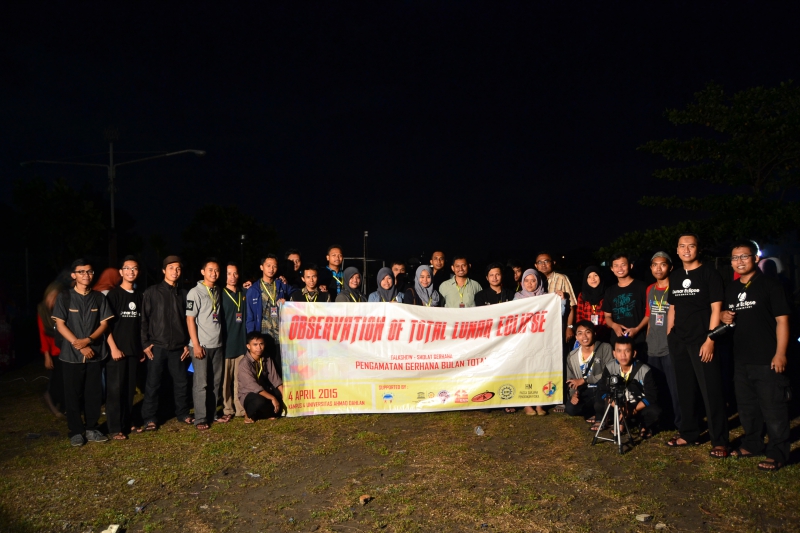
Students and lecturers coming together to view the total lunar eclipse on April 4 at the Center for Astronomical Studies Universitas Ahmad Dahlan (UAD) , Yogyakarta, Indonesia.
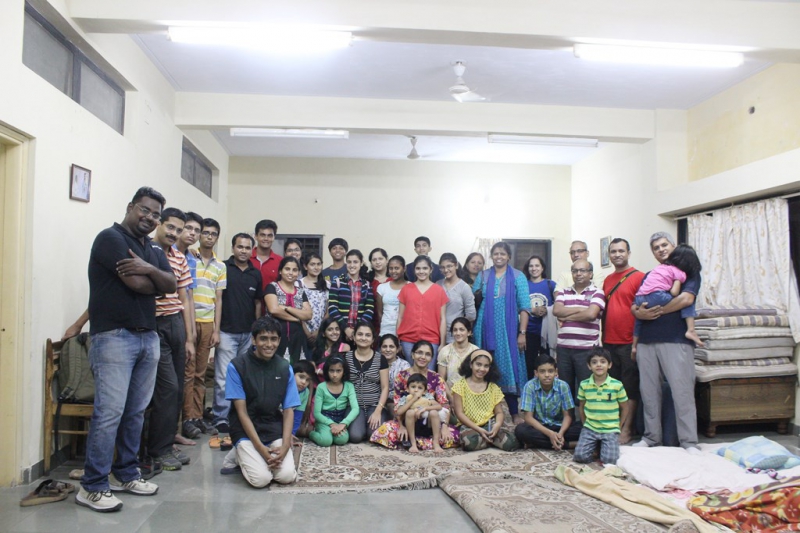
A public star party in Pirangut (25 km from the city of Pune), India organized by the astronomy group Akashmitra on the 11th/12th April, 2015. There were a total of 36 people for the event. Many of whom were coming for their first ever star gazing session and had heard about Akashmitra through their Facebook page
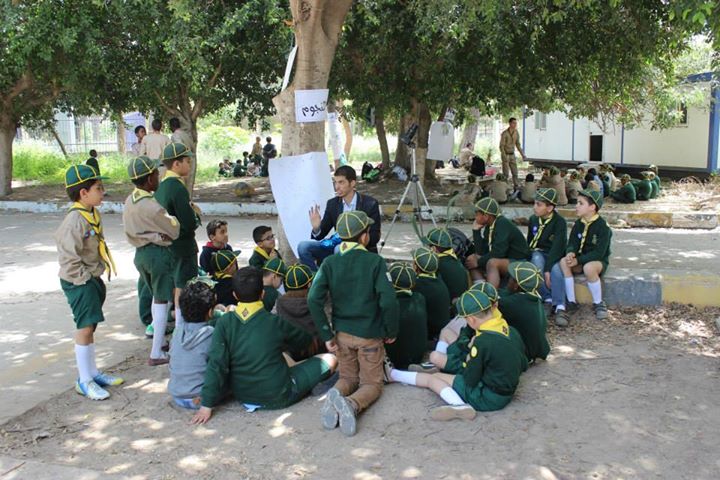
Students taking part in an astronomical workshop organised by the Libyan Scouts in Tripoli. They learnt about the formation of the solar system and the order of the planets and were shown how to control a telescope and observe sunspots.

I love this one! Arianna outside the planetarium in Bari, Italy. Just before presenting her first show and telescope viewing. From Arianna " The most amazing thing about this job is when you realize people have learnt something from you and you can make them curious and interested"

Rhythm Bhakka taking part in one of the online observing sessions run by The Virtual Telescope. What a cutie!
And finally I want to finish with this video of an event held in San Juan, Pueto Rico for people with visual impairments. This event gave participants the opportunity to learn from professionals, ask questions and have a hands on experience on the different tactile models and charts available.
###
 Christie McMonigal is the coordinator of Global Astronomy Month and an Australian science communicator with a strong focus on astronomy. She has worked in education and outreach with a number of organisations including Questacon - The National Science and Technology Centreand Sydney Observatory. She currently works with the University of Technology Sydney, coordinating the outreach and recruitment programs for the Faculty of Science.
Christie McMonigal is the coordinator of Global Astronomy Month and an Australian science communicator with a strong focus on astronomy. She has worked in education and outreach with a number of organisations including Questacon - The National Science and Technology Centreand Sydney Observatory. She currently works with the University of Technology Sydney, coordinating the outreach and recruitment programs for the Faculty of Science.
Christie has a passion for sharing her love of science with the general public. She feels science, in particular physics and astronomy, is a vital part of our everyday lives and she loves to use science to engage and inspire people of all ages.
The ACES up ASKAP's sleeve
In a post for the 2103 GAM Blog I described a new telescope, the Australian Square Kilometre Array Pathfinder (ASKAP), located at the Murchison Radio-astronomy Observatory (MRO) in outback Western Australia. Operated by Australia's CSIRO Astronomy and Space Science, ASKAP is one of the precursor telescopes for the Square Kilometre Array (SKA), an international project to build the world’s largest radio telescope.
Image 1: Some of the ASKAP antennas. A Mark I PAF is visible in green atop the nearest antenna. Credit: Dragonfly Media
Comprising 36 12m dish antennas, ASKAP is the first radio telescope designed from the outset to use innovative new radio cameras, called phased-array feeds (PAFs), rather than traditional single-feed receivers. Working as an array of antennas, ASKAP’s receivers provide astronomers a field-of-view of 30 square degrees - much larger than traditional radio telescopes. This means that ASKAP is ideally suited to use as a survey telescope, able to map the entire sky repeatedly with greater sensitivity and faster than previous telescopes

Image 2: Close up of a Mark II PAF being worked on at antenna 29.
An innovative new facility for radio astronomy such as ASKAP is an incredibly complex project that melds expertise in hardware, software and computing infrastructure together. With the 36 antennas now standing at the MRO, the telescope is currently in its commissioning phase using a small array of six antennas installed with receivers and associated digital hardware. These six antennas use the Mark I PAFs that have been designed, built, tested and installed by CSIRO staff.. The six antenna array is known as "BETA", the Boolardy Engineering Test Array (Boolardy is name of the cattle station on which the MRO is located).
BETA was originally planned to test the various systems need for full telescope operations and understand the intricate workings of the new receiver technology. These systems include the mechanical drives for the antennas, the PAFs and the powerful correlator that processes the data streaming in from each of the antennas.
While we’ve been working on commissioning the telescope, our ACES team, ASKAP Commissioning and Early Science team, has been bringing together staff with diverse expertise who work together each week to test, problem solve, develop and push the transition of ASKAP from its early stages to a fully operational and highly productive radio telescope.
Even with only six antennas, BETA is a functioning telescope and already some interesting science. Highlights to date include detecting massive dark clouds of HI gas stripped off from the galaxy IC 5720, observations of the intermittent pulsar J1107-5907 showing it switching on and off and using the distant galaxy PKS B1740-517 as a probe for the intervening gas in the Universe. You can read more details about these in the [email protected] article here.
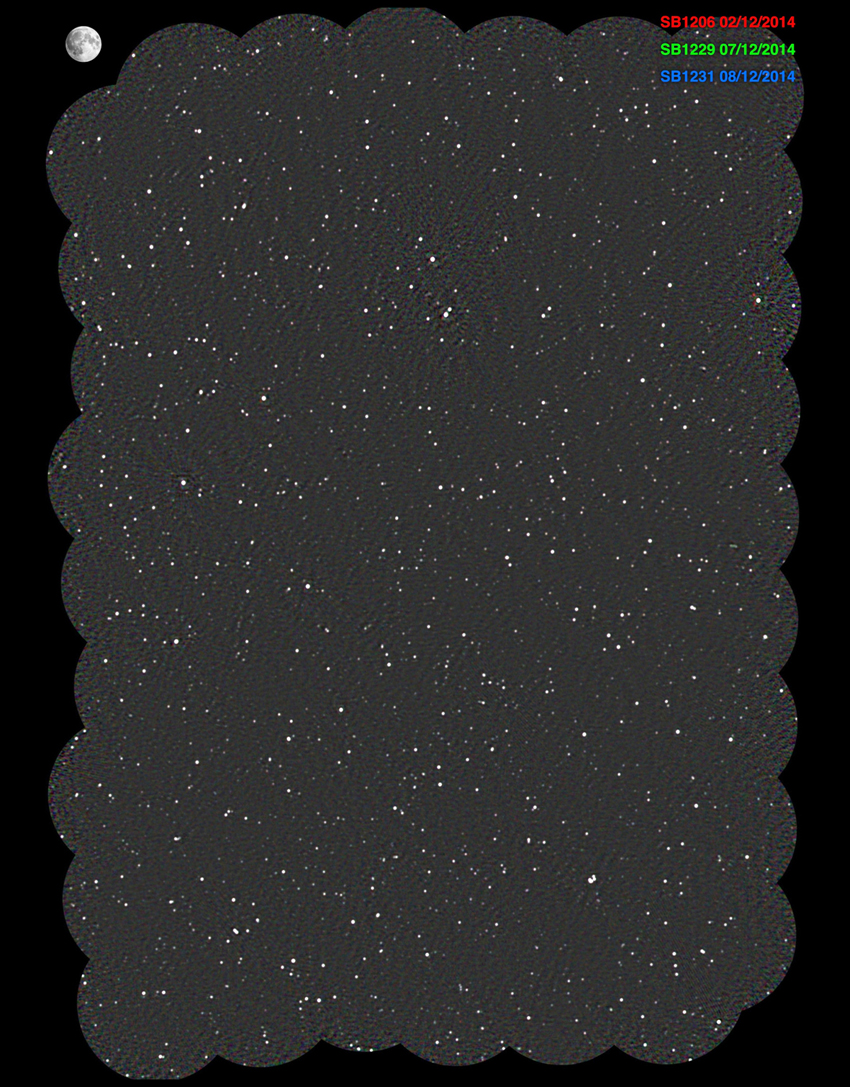
Image 3: 150 square-degree image of the Tucana constellation using BETA. The Moon is shown for scale. There are over 2000 bright sources visible in the radio image. Credit: Keith Bannister (observations), Ian Heywood (calibration and imaging), ACES/ASKAP team.
As our understanding of how to build and improve the efficiency of PAFs has increased we've already developed a better model. The Mark II PAFs are now being assembled, with the first full sized prototype being tested out on an ASKAP dish. The assembly and test process for the first batch of Mk II PAFs are now being completed at our headquarters in Sydney, and will soon be deployed on the dishes at the MRO as they are completed.
To ensure that the best science is done with this unique facility over 400 astronomers from more than 130 institutions in many countries are collaborating in ASKAP Survey Science Projects. With evocative titles such as EMU, WALLABY, DINGO, POSSUM, VAST, FLASH, CRAFT and COAST these 10 projects will each tackle challenges in astronomy and will use the bulk of the time available on ASKAP in the next few years.
You can see what ASKAP is doing now via our webcam view of Antenna 29. Antenna 29 is called Diggidumble, the Wajarri word for the nearby table-top hill. All the ASAKAP antennas have traditional Wajarri names. The Wajarri Yamtji people are the traditional owners for the site of the MRO.
CSIRO acknowledges the Wajarri Yamatji people as the traditional owners of the Murchsion Radio-astronomy Observatory site.
###
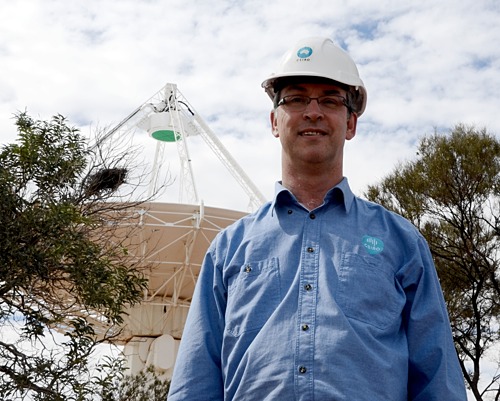 Robert Hollow is the Education and Outreach specialist with CSIRO Astronomy and Space Science and has extensive background in teaching and astronomy education. Rob writes for the [email protected] blog: http://csirouniverseblog.com/. He is a member of the IAU's Office of Astronomy for Development Task Force for Astronomy for Children and Schools and is also the Chair of the Steering Committee of the Education and Public Outreach Chapter for the Astronomical Society of Australia.
Robert Hollow is the Education and Outreach specialist with CSIRO Astronomy and Space Science and has extensive background in teaching and astronomy education. Rob writes for the [email protected] blog: http://csirouniverseblog.com/. He is a member of the IAU's Office of Astronomy for Development Task Force for Astronomy for Children and Schools and is also the Chair of the Steering Committee of the Education and Public Outreach Chapter for the Astronomical Society of Australia.







